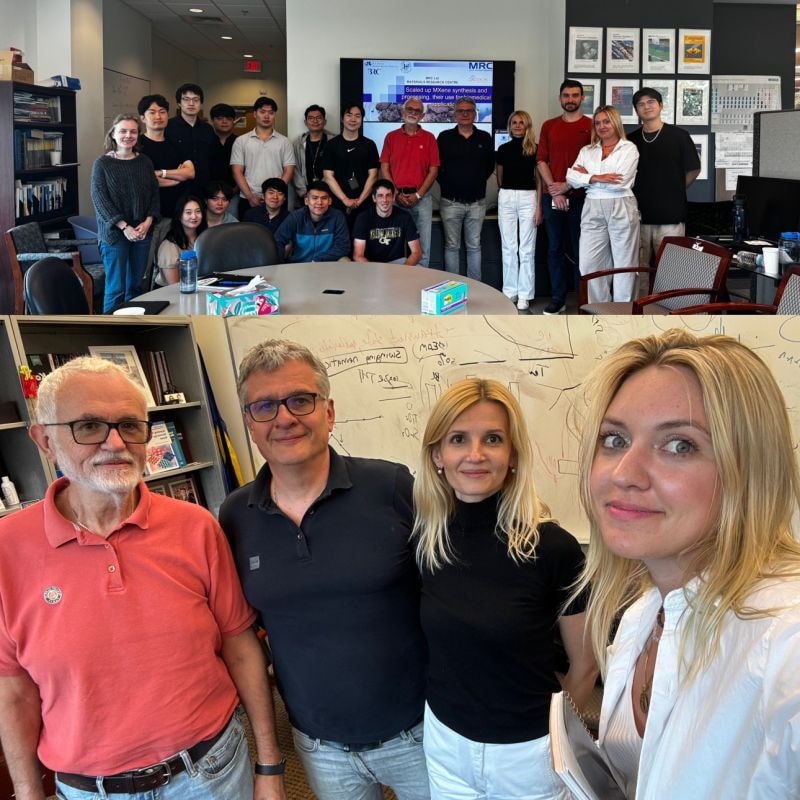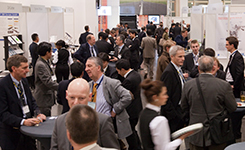 |
"AABC Europe offers excellent networking possibilities amongst European players on the battery market from cell to OEM. Keep up this platform for networking and expertise exchange where people are talking openly about the most critical issues of battery development." Dr. Uwe Wiedemann, AVL List GmbH
"The best aspect of AABC was the opportunity to understand the situation regarding electrified vehicle technology in Europe." Dr. Tatsuo Horiba, Shin-Kobe Electric Machinery Co.
ECCAP Symposium
Large EC Capacitor Technology and Application
Session 1:
Advances in EC Capacitor Materials and Cell Design
Tuesday June 7, am
To enhance the value proposition of EC Capacitors by boosting cell performance, improvements in electrode capacity, power performance, electrolyte properties, electrode technology, and cell design are desired. In this session, we review the latest advances in materials, including the development of low-cost materials and processes to meet the pricing threshold of most markets, and in cell designs, including development of advanced asymmetric ECs:
How to Increase Specific Energy of Electrochemical Capacitors
R?diger K?tz, Professor, Group Leader Capacitors, Paul Scherrer Institute, Switzerland
Advanced Carbons for Electrochemical Capacitors
Yury Gogotsi, Professor, Department of Materials Engineering, Drexel University
Microporous Carbons for Electrochemical Double Layer Capacitors
Patrice Simon, Professor, Universit? Paul Sabatier, France
Electrochemical Activation of Soft Carbons for Electrochemical Double Layer Capacitors
Masayuki Morita, Professor, Yamaguchi University, Japan
Activated Carbon Spheres Prepared from Hydrothermal Synthesis of Biomass Waste
Stephen Lipka, Research Scientist, University of Kentucky
Recent Advances in Li-Ion-Based Hybrid Capacitors
Katsuhiko Naoi, Professor, Tokyo University of Agriculture and Technology, Japan
Recent Advances in Aqueous Symmetric and Asymmetric Electrochemical Capacitors
Fran?ois B?guin, Professor, CNRS University, Orl?ans,France
|
Professor Yury Gogotsi and Professor Patrice Simon participate in the AABC Europe 2011 as panel presenters. |
New model of electro-car: Opel Ampera, extended-range electric vehicle from General Motors presented at AABC Europe conference |
||
New EC Capacitor Products and Business Development
Tuesday June 7, pm
In this session we review new capacitor products and EC business development. Leaders from key companies will discuss future products and business strategies as they expand their product offerings to support growth of energy-efficient industrial, utility, and transportation-related energy storage systems.
EC Capacitor Storage System Applications
Wednesday June 8, am
EC Capacitor modules are designed to optimally meet energy-storage requirements of specific applications at the highest level of reliability and lowest possible cost. In some applications, the EC Capacitor is the only energy-storage technology used while in others it is combined with power generation or battery storage. We review in this session EC module design and system engineering to meet performance goals of key applications, including those related to transportation, to industrial energy conservation, and to the utility grid.



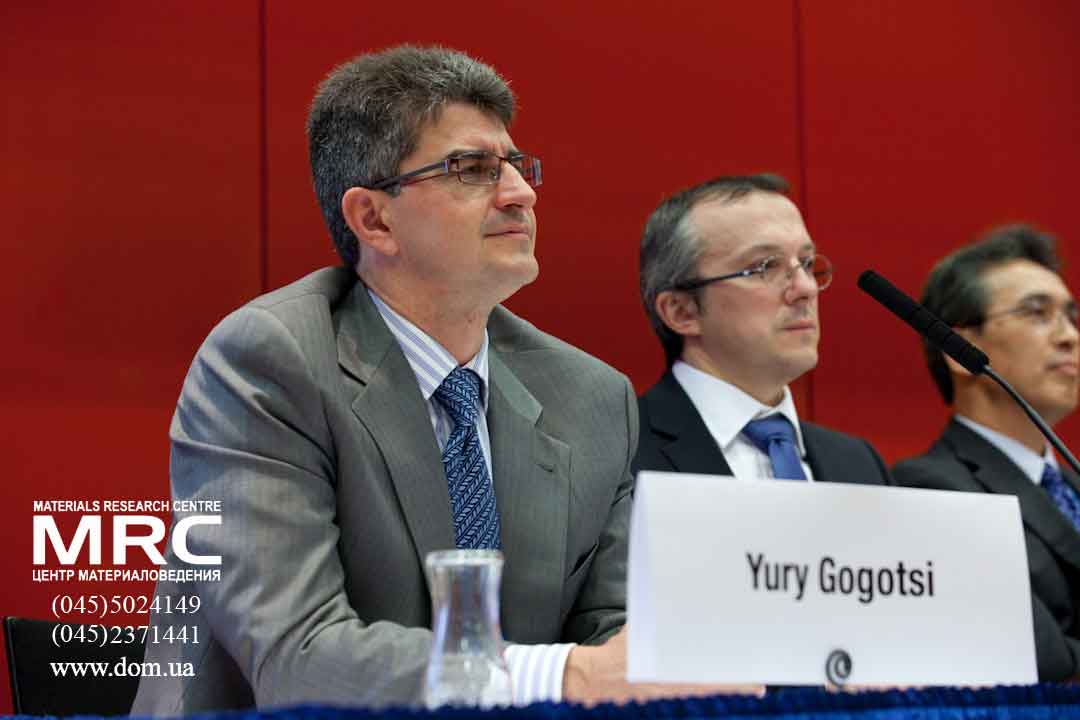
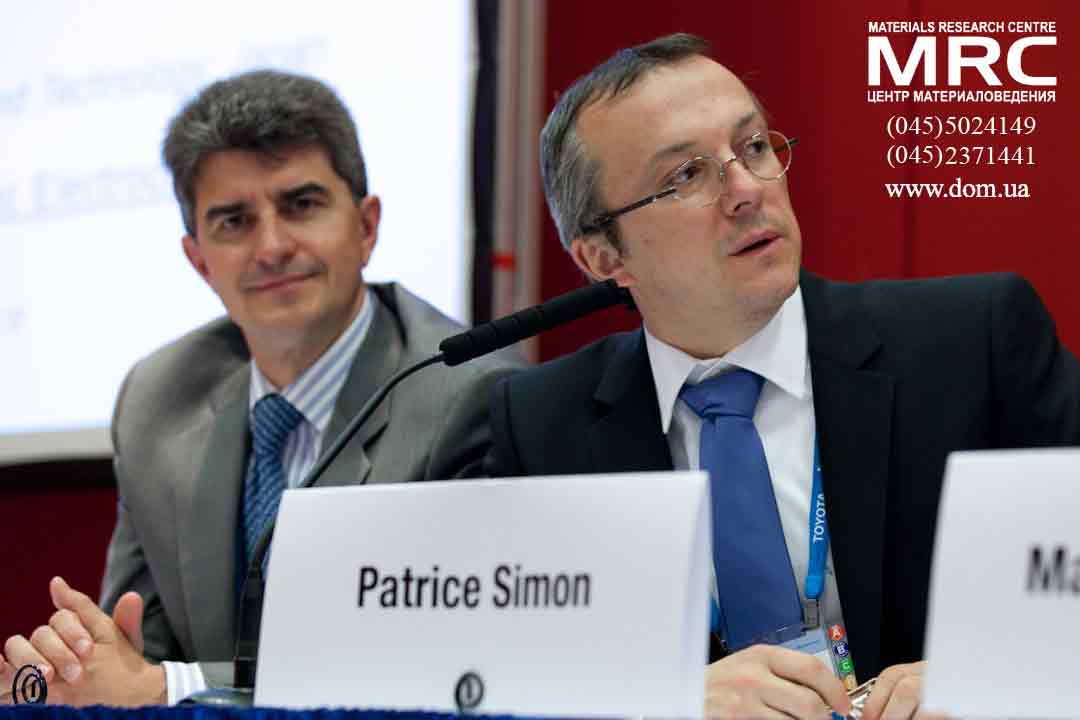


 MXenes potential applications include sensors, wound healing materials, and drug delivery systems. A recent study explored how different synthesis methods affect the safety and performance of MXenes. By comparing etching conditions and intercalation strategies, researchers discovered that fine-tuning the surface chemistry of MXenes plays a crucial role in improving biocompatibility. These results provide practical guidelines for developing safer MXenes and bring the field one step closer to real biomedical applications.
MXenes potential applications include sensors, wound healing materials, and drug delivery systems. A recent study explored how different synthesis methods affect the safety and performance of MXenes. By comparing etching conditions and intercalation strategies, researchers discovered that fine-tuning the surface chemistry of MXenes plays a crucial role in improving biocompatibility. These results provide practical guidelines for developing safer MXenes and bring the field one step closer to real biomedical applications.
 Exellent news, our joint patent application with Drexel University on highly porous MAX phase precursor for MXene synthesis published. Congratulations and thanks to all team involved!
Exellent news, our joint patent application with Drexel University on highly porous MAX phase precursor for MXene synthesis published. Congratulations and thanks to all team involved! Last Call! Have you submitted your abstract for IEEE NAP-2025 yet? Join us at the International Symposium on "The MXene Frontier: Transformative Nanomaterials Shaping the Future" – the largest MXene-focused conference in Europe this year! Final Submission Deadline: May 15, 2025. Don’t miss this exclusive opportunity to showcase your research and engage with world leaders in the MXene field!
Last Call! Have you submitted your abstract for IEEE NAP-2025 yet? Join us at the International Symposium on "The MXene Frontier: Transformative Nanomaterials Shaping the Future" – the largest MXene-focused conference in Europe this year! Final Submission Deadline: May 15, 2025. Don’t miss this exclusive opportunity to showcase your research and engage with world leaders in the MXene field! We are excited to announce the publication of latest review article on MXenes in Healthcare. This comprehensive review explores the groundbreaking role of MXenes—an emerging class of 2D materials—in revolutionizing the fields of medical diagnostics and therapeutics. Read the full article here: https://doi.org/10.1039/D4NR04853A.
We are excited to announce the publication of latest review article on MXenes in Healthcare. This comprehensive review explores the groundbreaking role of MXenes—an emerging class of 2D materials—in revolutionizing the fields of medical diagnostics and therapeutics. Read the full article here: https://doi.org/10.1039/D4NR04853A. Congratulations and thank you to our collaborators from TU Wien and CEST for very interesting work and making it published! In this work, an upscalable electrochemical MXene synthesis is presented. Yields of up to 60% electrochemical MXene (EC-MXene) with no byproducts from a single exfoliation cycle are achieved.
Congratulations and thank you to our collaborators from TU Wien and CEST for very interesting work and making it published! In this work, an upscalable electrochemical MXene synthesis is presented. Yields of up to 60% electrochemical MXene (EC-MXene) with no byproducts from a single exfoliation cycle are achieved. Congratulations to all collaborators with this interesting joint work!
Congratulations to all collaborators with this interesting joint work!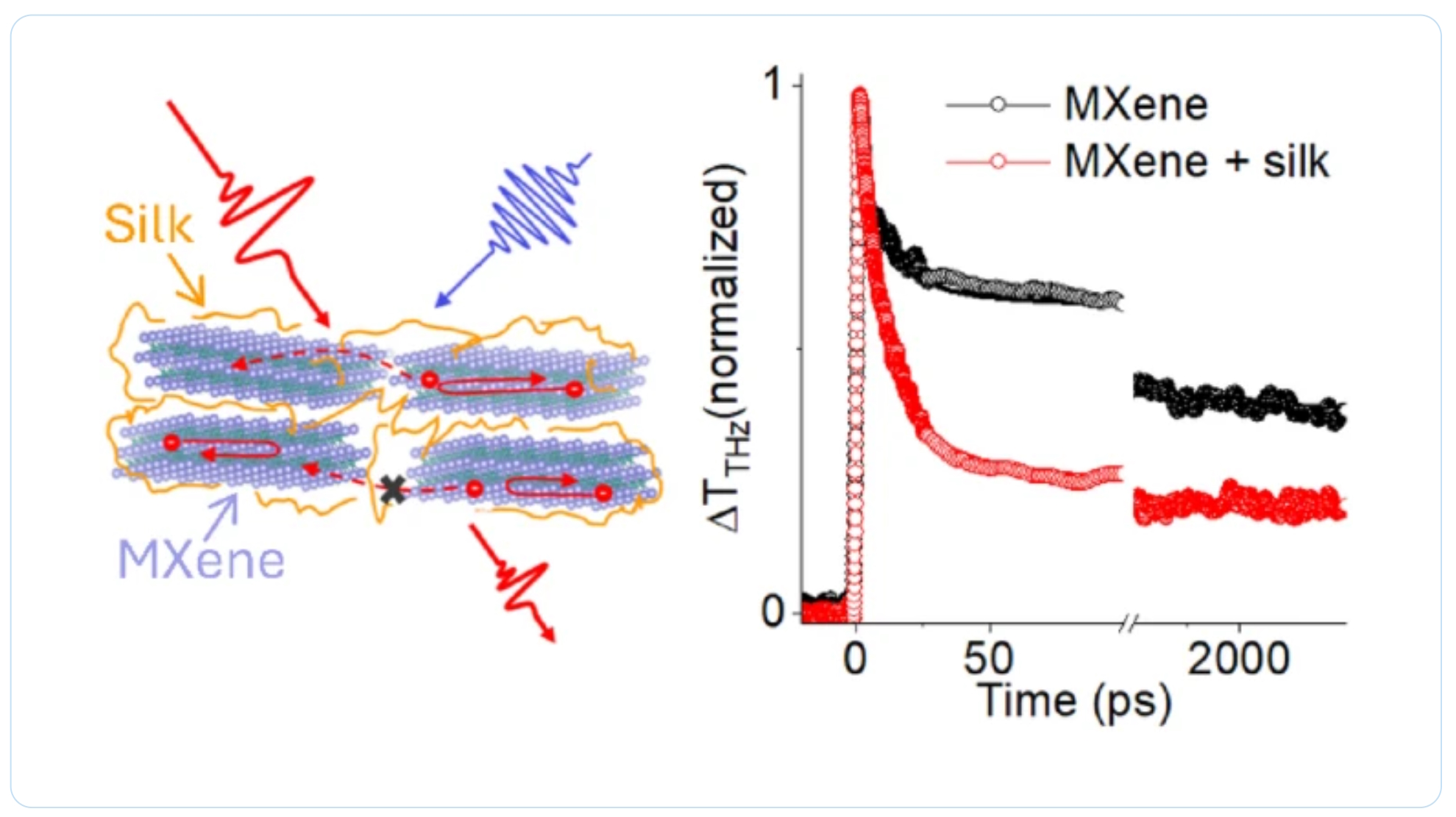 Thank you to our collaborators for the amazing joint work recently published in Graphene and 2D Nanomaterials about MXene–silk fibroin composite films aiming to develop materials with tunable electronic and thermal properties
Thank you to our collaborators for the amazing joint work recently published in Graphene and 2D Nanomaterials about MXene–silk fibroin composite films aiming to develop materials with tunable electronic and thermal properties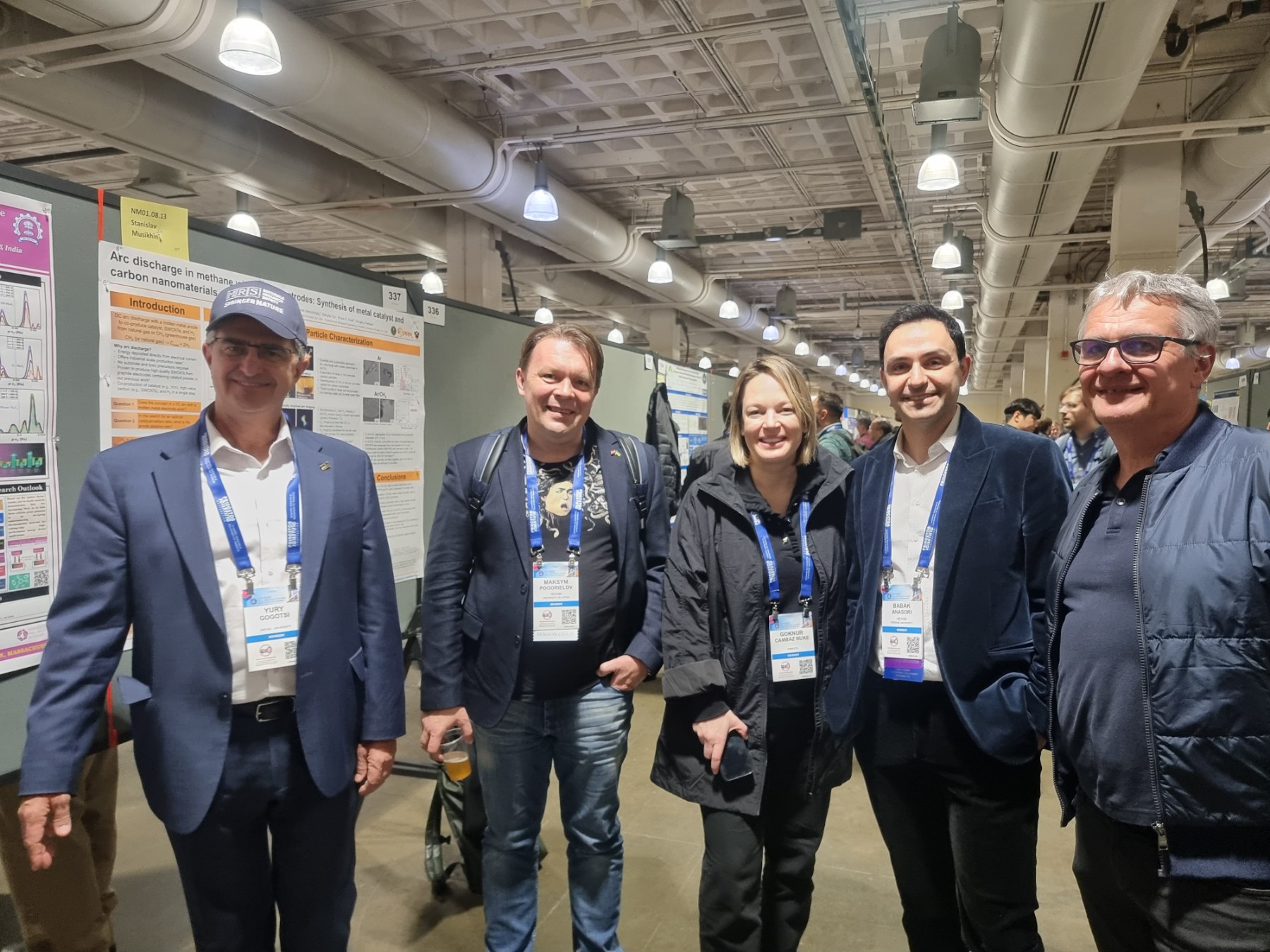 Dr. Oleksiy Gogotsi, director of MRC and Carbon-Ukraine, innovative companies that are among the leaders on the world MXene market, visited 2024 MRS Fall Meeting & Exhibit. together with Dr. Maksym Pogorielov, Head of Advanced Biomaterials and Biophysics Laboratory, University of Latvia.
Dr. Oleksiy Gogotsi, director of MRC and Carbon-Ukraine, innovative companies that are among the leaders on the world MXene market, visited 2024 MRS Fall Meeting & Exhibit. together with Dr. Maksym Pogorielov, Head of Advanced Biomaterials and Biophysics Laboratory, University of Latvia.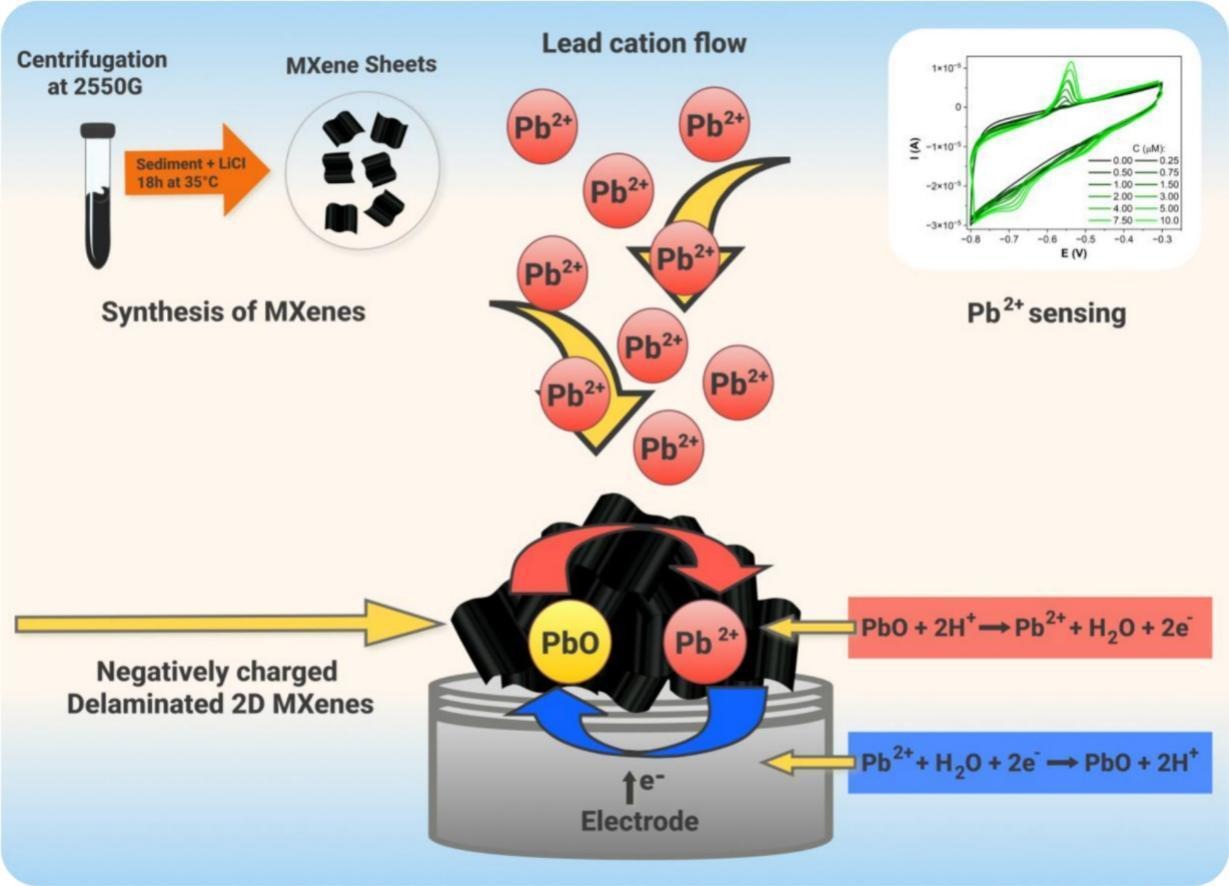
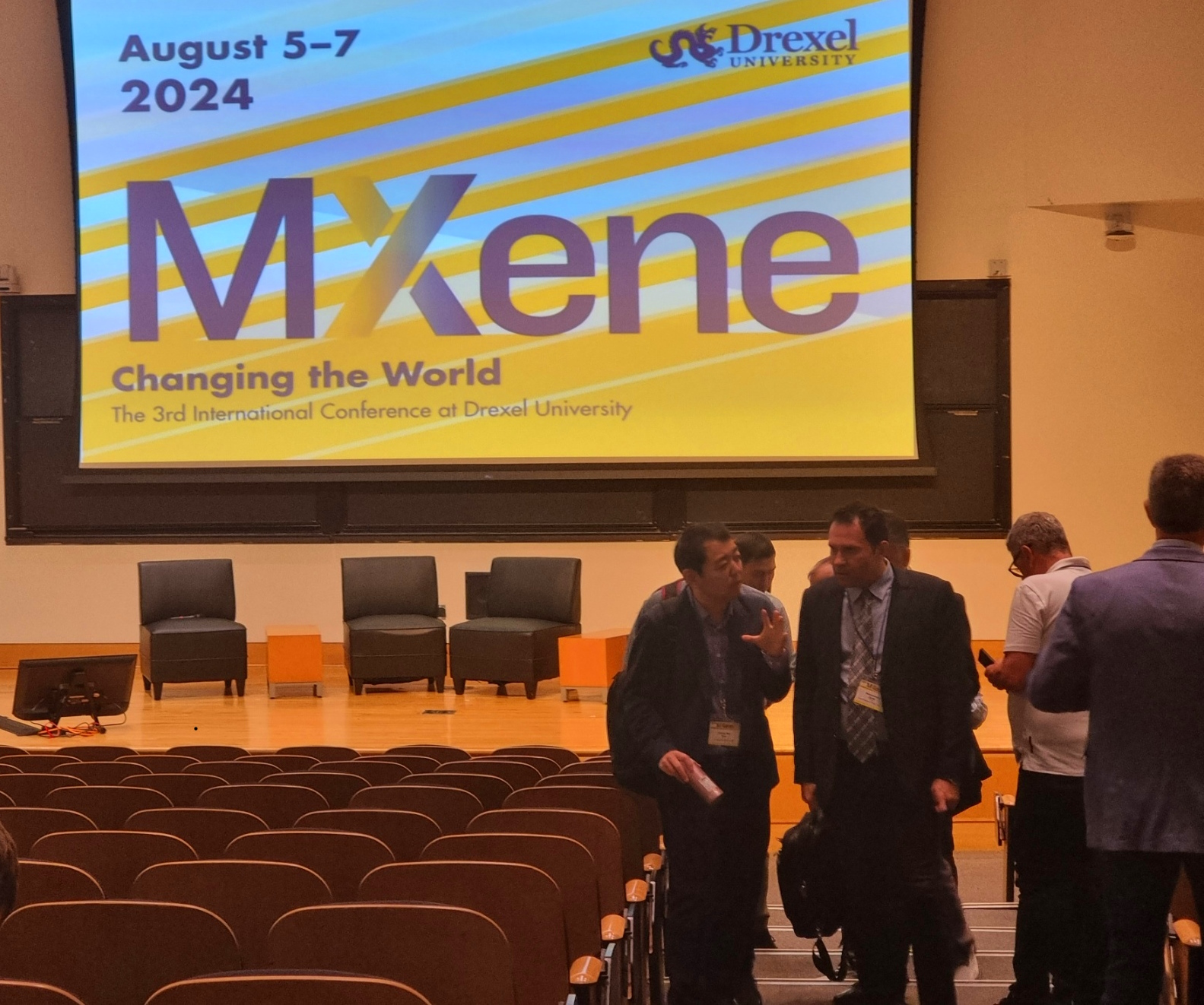 MRC and Carbon-Ukraine team visited the 3rd International MXene conference held at Drexel University on August 5-8, 2024. Conference brought together the best reserchers and leading experts on MXene field.
MRC and Carbon-Ukraine team visited the 3rd International MXene conference held at Drexel University on August 5-8, 2024. Conference brought together the best reserchers and leading experts on MXene field. 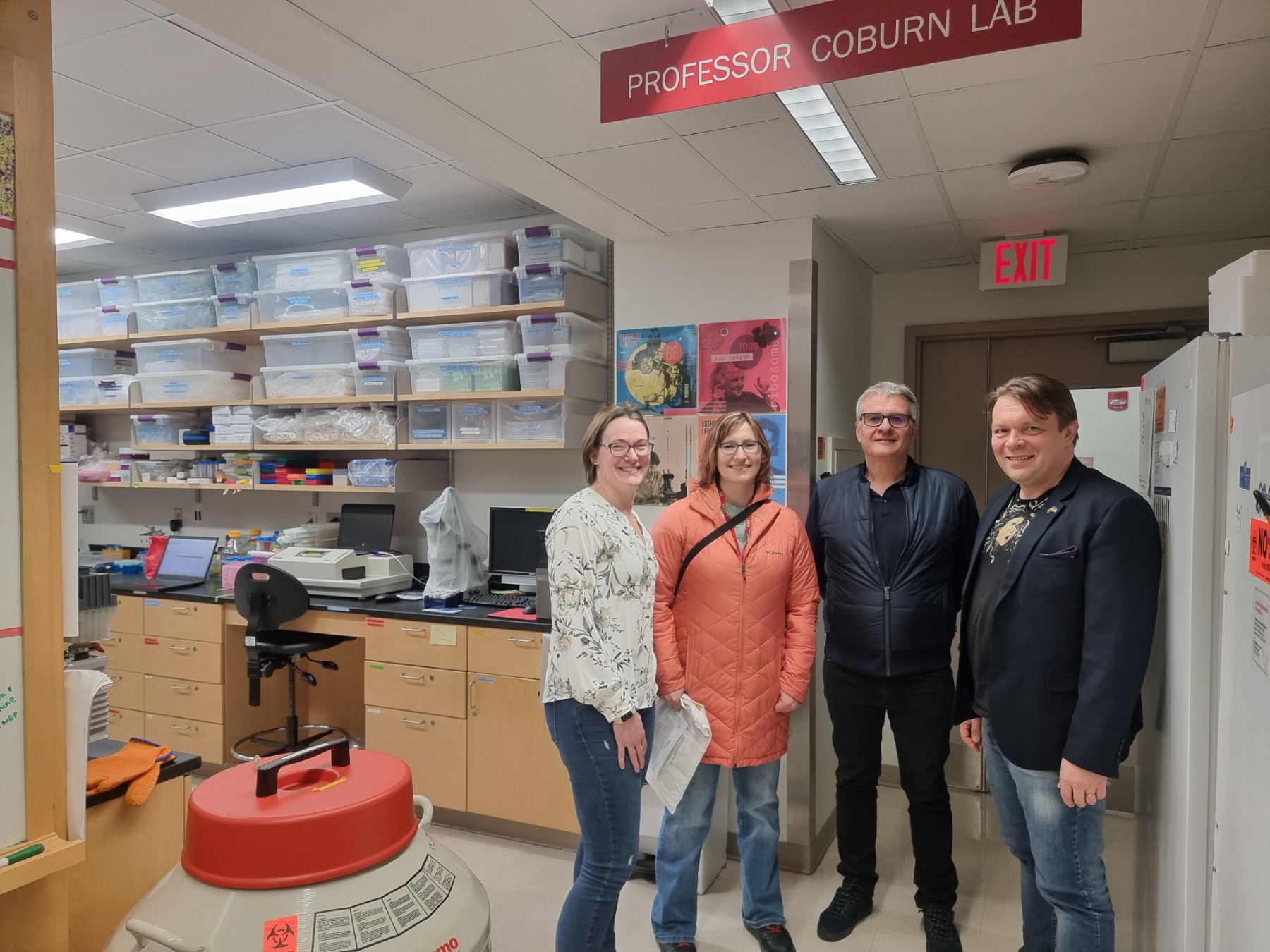
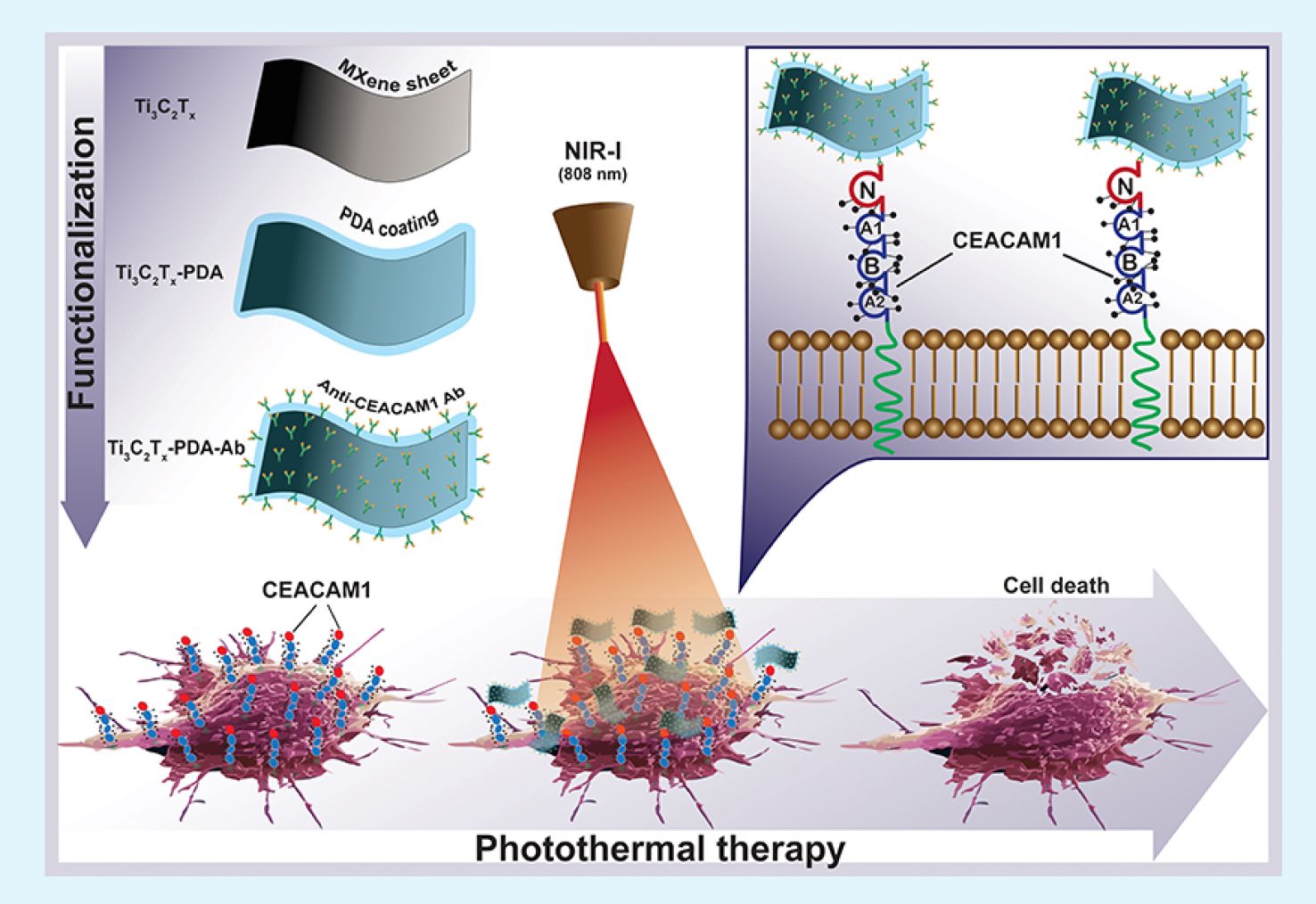 Together with colleagues from the University of Latvia, MRC/Carbone Ukraine, Adam Mickiewicz University, University Clinic Essen, and others, we have developed a novel concept involving the binding of antibodies to MXenes. In our research, we utilized anti-CEACAM1 antibodies to develop targeted photo-thermal therapy for melanoma (in vitro), paving the way for future in vivo studies and clinical trials. For the first time, we demonstrate the feasibility of delivering MXenes specifically targeted to melanoma cells, enabling the effective ablation of cancer cells under near-infrared (NIR) light. This new technique opens up vast potential for the application of MXenes in cancer treatment, diagnostics, drug delivery, and many other medical purposes.
Together with colleagues from the University of Latvia, MRC/Carbone Ukraine, Adam Mickiewicz University, University Clinic Essen, and others, we have developed a novel concept involving the binding of antibodies to MXenes. In our research, we utilized anti-CEACAM1 antibodies to develop targeted photo-thermal therapy for melanoma (in vitro), paving the way for future in vivo studies and clinical trials. For the first time, we demonstrate the feasibility of delivering MXenes specifically targeted to melanoma cells, enabling the effective ablation of cancer cells under near-infrared (NIR) light. This new technique opens up vast potential for the application of MXenes in cancer treatment, diagnostics, drug delivery, and many other medical purposes.